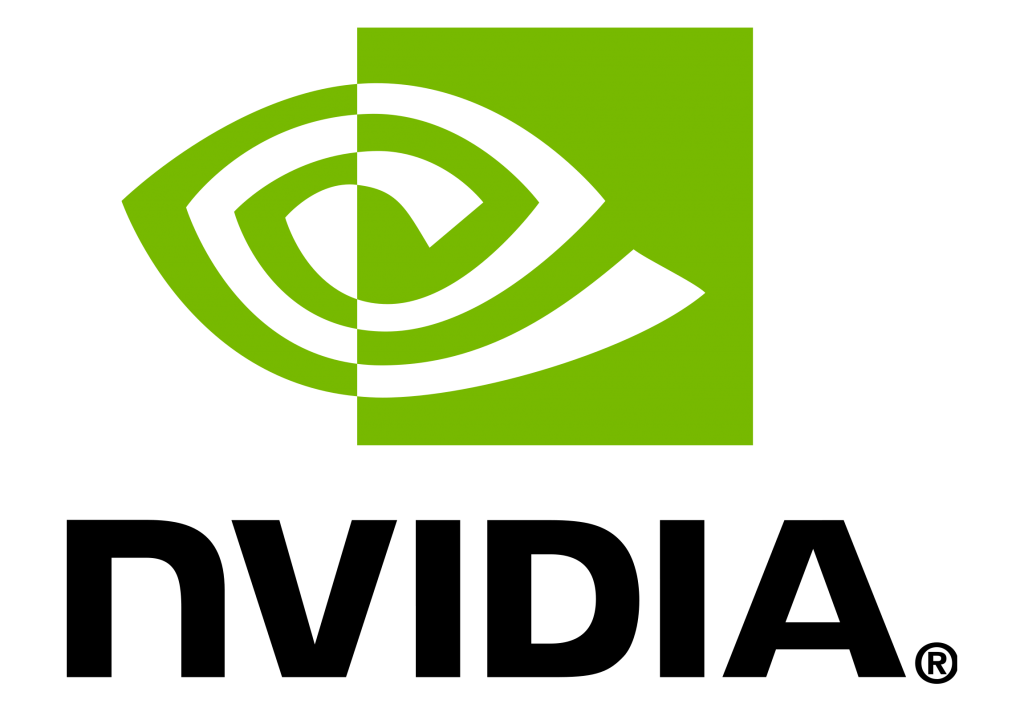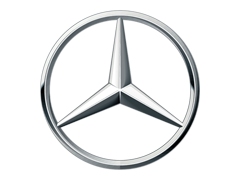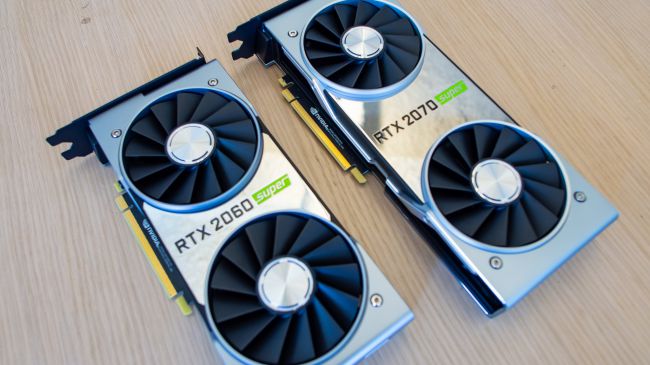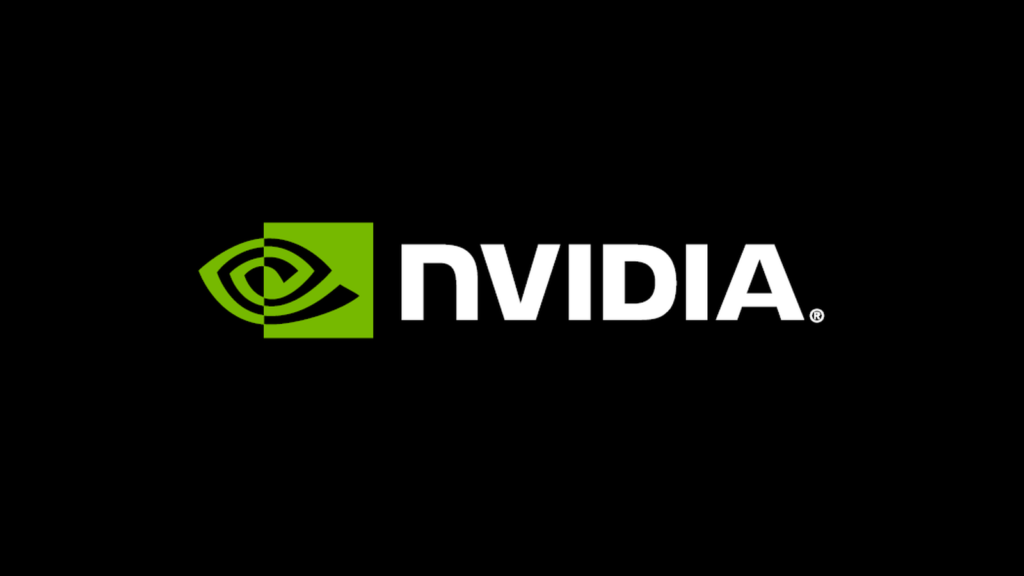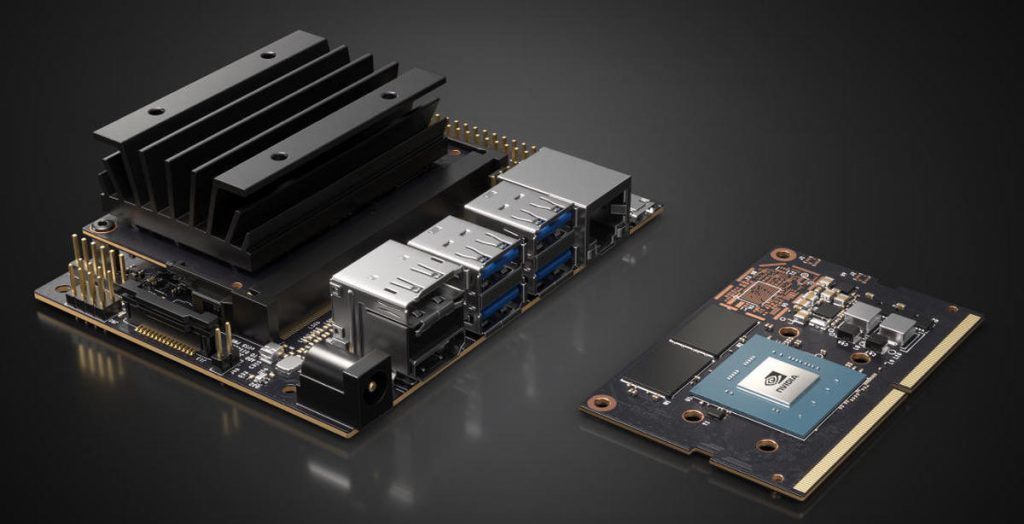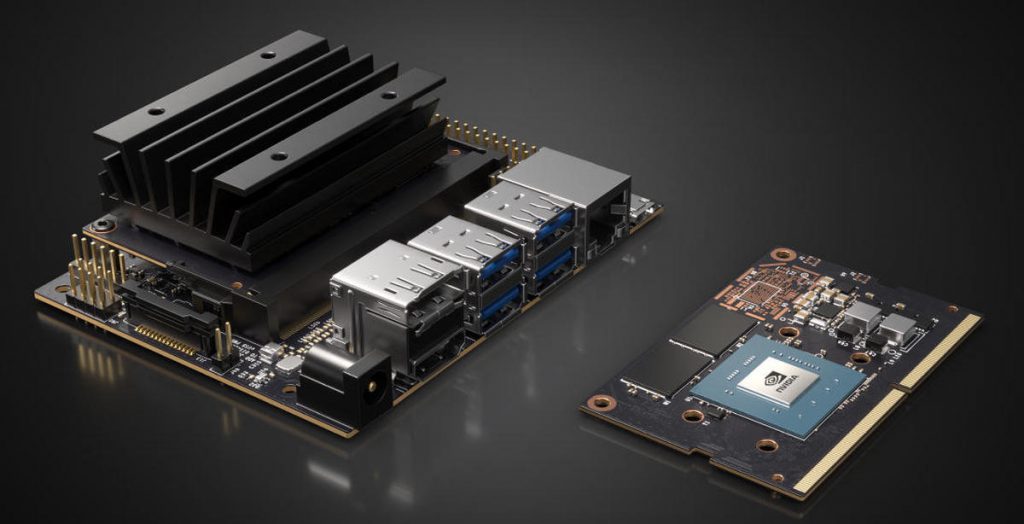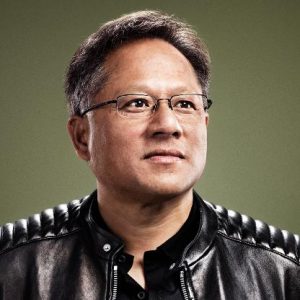Nvidia to Acquire ARM Holdings from Softbank at a $40 Million Valuation
The coronavirus pandemic has made this a precarious time for companies of all kinds. As a result, we have been seeing quite a few mergers and acquisitions in recent months. The newest addition to that group is the collaboration between Nvidia and Arm Holdings. Through a shock announcement on Sunday, Nvidia has agreed to buy smartphone chip-designer Arm Holdings, from Softbank at a valuation of $40 billion. Here’s a look at everything you need to know about this acquisition and the lead up to it.
Details Regarding the Deal
The companies announced via a report on Sunday that they were near closing the acquisition deal. The deal, which values Arm at $40 billion will include $21.5 billion via Nvidia stock, $12 billion in cash, with a $2 billion payable at the signing of the deal. In 2016, Softbank acquired Arm at a $31.4 billion valuation, making it one of the most expensive acquisitions ever. Arm Holdings is a known chip-design and manufacturing company that focuses on the design of chipsets for smartphones. They are also involved in the making of Qualcomm and Apple chips, making them a popular choice within the industry. Furthermore, Apple has also expressed plans to shift its MAC computers from Intel to Arm chips, opening new avenues for the company.
Nvidia’s Plan for Arm
Nvidia is a giant in the field of AI and graphic card design and manufacture. They also have operations that help with the design and creation of self-driving vehicles and other autonomous applications. The company stated that it would retain Arm’s licensing model which is largely open in structure. Furthermore, Nvidia also said that they would continue to uphold Arm’s customer neutrality. Nvidia has been doing quite well for itself due to a boom in the usage and sales of video games due to the global pandemic. The company is aiming to launch a new desktop graphics card that will help PC gamers play more intensive games. As per the last earnings report, the company has projected a 46% growth in revenue for the third quarter of this year.

Past Acquisition
SoftBank’s acquisition of Arm was a result of them entering the Internet of Things space. The company viewed Arm Holdings as a valuable investment in this field due to its work on wireless connectivity and smart devices. Arm Holdings also works on intelligent chipsets that could possibly help with the development of everyday smart devices, such as refrigerators, other appliances, and cars. At the time of the acquisition, Masayoshi Son, who serves as the Chairman of Softbank, had hailed the move. He went as far as to say that Arm was a company he had always admired and that the acquisition means a lot to him.
Tough Time for Softbank
However, over the years, Softbank has had to deal with financial troubles. A couple of intensive investments, in companies like Uber and WeWork, has led to them losing money. Furthermore, the company’s shares lost value recently due to it holding stock in tech companies that had fared poorly in the market in September. While it is unclear precisely how much Softbank will make through the Nvidia acquisition, it might help them take a capital-intensive company off their hands. However, experts are concerned about whether Softbank will be able to make a lot of money on the sale due to it having invested quite a bit on Arm.
Softbank also requires cash to help the start-ups that it has picked up via the Vision Fund initiative. This move will provide some relief to start-ups that are facing hardships due to the lockdowns brought in by the coronavirus pandemic. Earlier this year, it had also stated that it would sell about $21 billion worth of stock it holds in T-Mobile. The acquisition will see Arm working as an Nvidia division. The company will stay headquartered in the UK and follow the same licensing model and customer base. However, the deal might still face intense scrutiny with regard to regulations from the EU.
Microsoft has also signed on-board, making Arm-based Surfaces and using it on their Windows. Also, the two companies are not competitors per se as Nvidia does not do much of CPU design or mobile hardware manufacturing. Nvidia might be planning an entry into the next stage of AI computing with this acquisition. Reports are stating that Nvidia wants to invest in building a brand-new AI center for research in Cambridge. If this proves to be true, then the companies can align with each other enabling both to push ahead with regards to AI software develop

Being a cinephile with a love for all things outdoorsy, Athulya never misses a chance to chase inspiring stories or poke fun at things, even when the subject is herself. Currently pursuing a degree in mechanical engineering, she is someone innately interested in technical and scientific research. Music reviews and op-eds define her as they allow her to explore different perspectives. Though sometimes she thinks she makes more sense playing the guitar than she does while writing.
